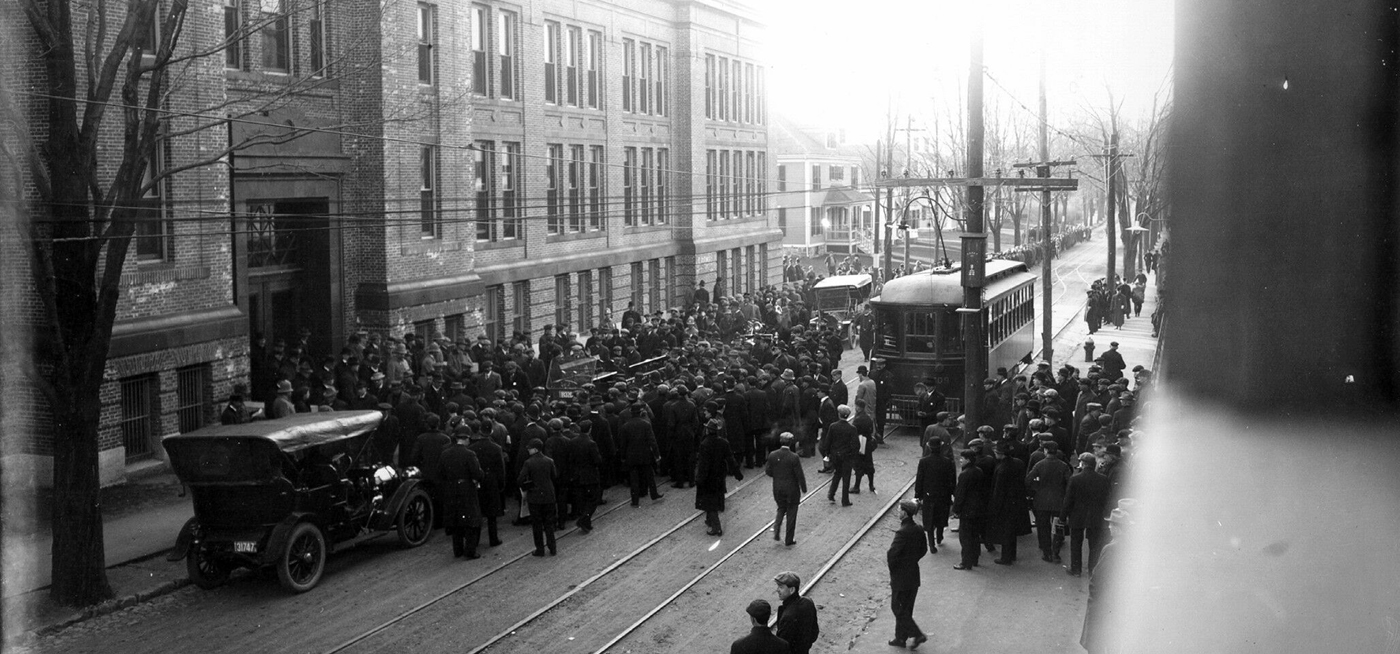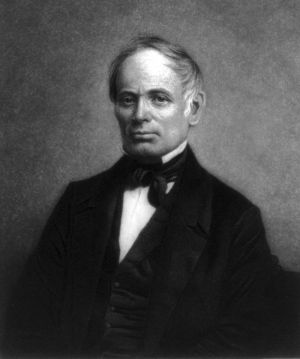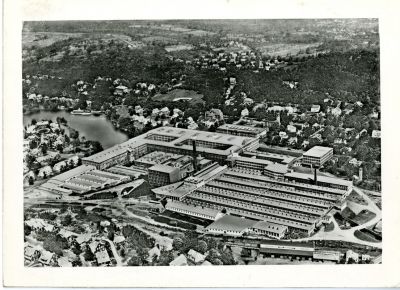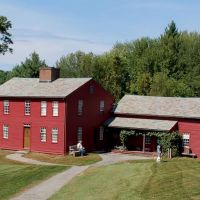Primary Source
The almost universal opinion and practice of mankind has been on the side of resistance of injury with injury. It has been held justifiable and necessary, for individuals and nations to inflict any amount of injury which would effectually resist a supposed greater injury. The consequence has been universal suspicion, defiance, armament, violence, torture and bloodshed. The earth has been rendered a vast slaughter-field – a theater of reciprocal cruelty and vengeance – strewn with human skulls, reeking with human blood, resounding with human groans, and steeped with human tears. Men have become drunk with mutual revenge; and they who could inflict the greatest amount of injury, in pretended defense of life, honor, rights, property, institutions and laws, have been idolized as the heroes and rightful sovereigns of the world. Non-resistance explodes this horrible delusion; announces the impossibility of overcoming evil with evil; and, making its appeal directly to all the injured of the human race, enjoins on them, in the name of God, never more to resist injury with injury; assuring them that by adhering to the law of love under all provocations, and scrupulously suffering wrong rather than inflicting it, they shall gloriously "overcome evil with good," and exterminate all their enemies by turning them into faithful friends.
Christian Non-Resistance, by Adin Ballou (McKim, 1846) pp. 12-13








